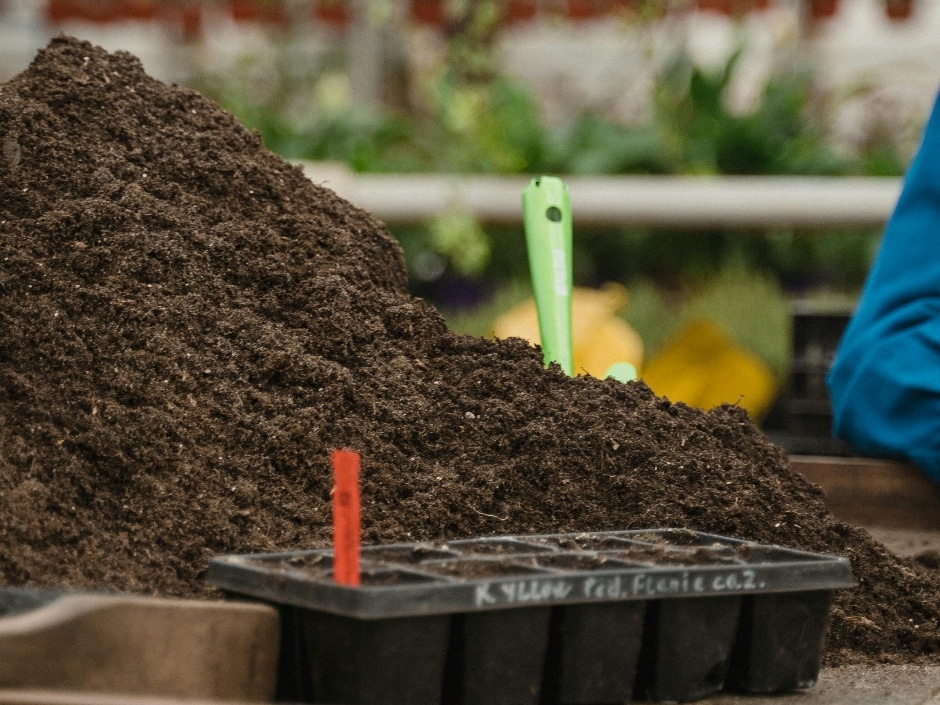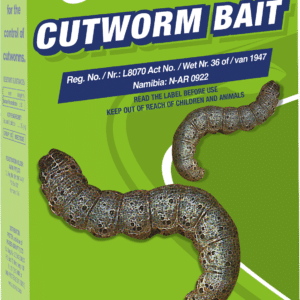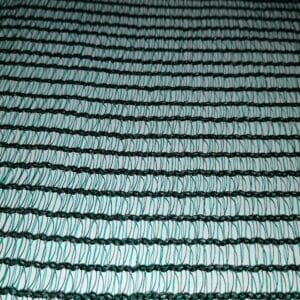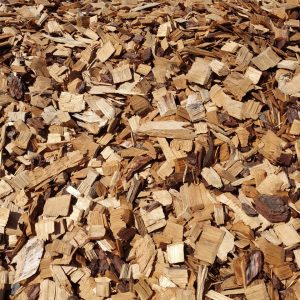The best composting guide for beginners
DIY and how-to

In this guide, you’ll learn what composting is, how to start composting at home and how to maximise the benefits of composting.
What is composting?
If there’s one thing your garden plants love most, it’s nutrient-rich soil that helps them live their best lives. And one way to help boost the nutrient density of your soil is by adding compost to it.
Compost is decomposed organic matter that looks very similar to fertile garden soil. It’s the product of composting, which is a natural process of recycling organic matter like leaves and kitchen scraps – good news for home gardeners looking to reduce their household waste, garden for the future and keep their pride and joy in tip-top shape.
Composting benefits
Let’s begin with the benefits of composting for your plants. Naturally, because you are boosting the nutrient content of your garden soil, your overall soil quality improves.
Compost can act as a slow-release fertiliser for plants and microbes. To add, compost helps soil retain more moisture, while still allowing excess water to drain away. This makes it a waterwise addition to your gardening routine.
Compost is also effective at balancing the pH of soil, which helps to reduce plant stress. And while it’s at it, compost gives soil the structure it needs for plant roots to easily expand and access the nutrients they need.
Compost also serves as a defence force in your garden, helping to reduce the proliferation of pests and disease
What you need for composting
- A bin with good drainage and ventilation
- Alternatively, a shady, accessible space in your garden that you can use as a compost heap. Prepare a ‘bed’ for the heap by placing a layer of branches and twigs on the ground to allow drainage and air flow.
Shred all material into small pieces and layer it on the heap in 20-centimetre layers, alternating between dry and wet material. Sprinkle some compost activator on each layer to get the decomposition process going. Once you have your own compost, you can use existing compost to activate a new heap.
Composting methods
Composting kitchen waste at home
Your kitchen is a gold mine of composting materials.
Coffee grounds from your morning brew, vegetable peels, fruit waste and eggshells are perfect starting points. Avoid adding meat, fish or dairy products, as these can attract unwanted visitors like hadedas and rats.
Tea bags and paper towels are also excellent additions, but remember to remove any staples or plastic components.
Composting with worms (vermicomposting)
This is perfect for composting in small spaces or composting in urban areas, and produces some of the richest compost you can get.
Red wiggler worms are composting champions – they’ll happily munch through your kitchen scraps, creating nutrient-dense worm castings that are ideal for your plants. Keep your worm farm in a cool, shaded area, and ensure it’s well-drained, but moist.
Composting yard waste effectively
Our climate gives us plenty of garden waste throughout the year.
Dry leaves, grass clippings and small twigs are excellent carbon-rich composting materials. During winter, when jacarandas shed their leaves, you’ll have plenty of brown material to add to your heap.
Mix these with green materials like fresh grass clippings and prunings from your indigenous plants. Remember to chop larger items into smaller pieces to speed up decomposition.
How long does it take for compost to be ready?
Compost is usually ready in three to six months.
How can you tell?
Look for dark, crumbly material that smells like earth after rain. Use it to enrich your vegetable patch, boost your flower beds, or give your indigenous plants a nutrient boost.
Composting tips
- Aim for a mixture of ‘brown’ materials (dry leaves, cardboard, newspaper) and ‘green’ materials (kitchen scraps, fresh grass clippings).
- During dry seasons, keep your compost heap as moist as a wrung-out sponge.
- Layer your materials rather than dumping them all in one go. This helps create air pockets and speeds up decomposition. Turn your heap every few weeks with a garden fork – this adds oxygen and helps create compost faster.
- If your compost heap starts to smell, it usually means it’s too wet or has too many green materials. Add more brown materials and turn the pile to improve airflow. During our hot summers, you might notice the heap drying out – a quick sprinkle with the watering can should sort this out.
At Stodels, we stock a wide range of products to help your garden grow at its best, including compost, fertiliser and lawn dressing. Browse our range, or speak to one of our expert consultants at your nearest Stodels Garden Centre about your garden’s needs.
You might also like
Shop online
-
- Sale!
MED ADULT 4KG
- Original price was: R625.99.R564.99Current price is: R564.99.
- Add to cart Learn More
-
CUTWORM BAIT 1KG
- R149.99
- Add to cart Learn More




